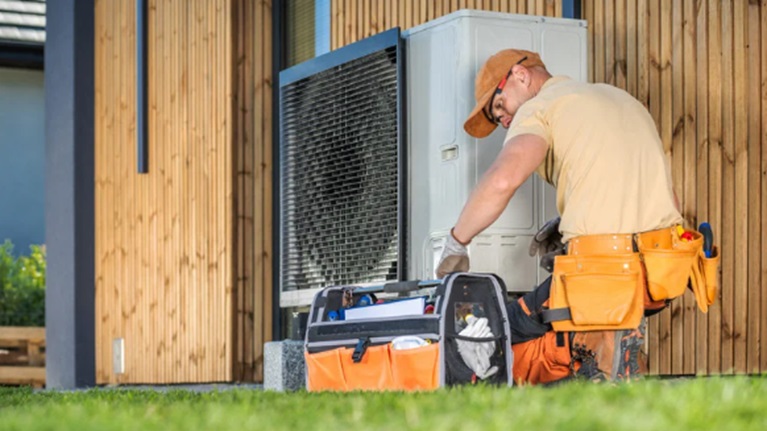Keeping your home comfortable in the unpredictable Pacific Northwest weather isn’t always easy. Between chilly winters and warm, humid summers, your HVAC system works hard to maintain a balanced indoor climate.
But did you know that something as subtle as “thermal bridging” could be quietly undoing that effort?
What Is Thermal Bridging?
Thermal bridging happens when heat moves through materials that are poor insulators, such as metal, wood studs, or concrete.
These materials act like hidden pathways for heat to travel in and out of your home. So, even if your insulation is the best, thermal bridges can still allow heat to slip through, almost like leaving a tiny window cracked open year-round.
In winter, heat escapes through these bridges, making your furnace run longer to keep your home warm. In summer, the opposite happens: outdoor heat seeps in, forcing your air conditioner to work overtime.
Either way, your HVAC system ends up using more energy than it should, and your utility bills reflect that.
How It Impacts HVAC Efficiency
When thermal bridges exist, your HVAC system is constantly fighting a losing battle. The warm or cool air it produces escapes more quickly, so your system cycles on more frequently.
This extra workload doesn’t just drive up energy costs, it also shortens your equipment’s lifespan.
Over time, you might notice uneven temperatures around the house, cold spots near walls or windows, or even condensation buildup. That moisture can lead to mold or mildew, which impacts your home’s air quality and comfort.
Common Places Thermal Bridges Hide
In homes across Seattle and nearby areas like Bellevue and Shoreline, thermal bridges often occur in predictable spots:
- Wall studs that transfer heat directly through the insulation layer.
- Window and door frames where seals and materials break the thermal barrier.
- Concrete slabs and foundations that allow ground temperature to affect indoor comfort.
- Balconies and canopies that extend from inside to outside, carrying heat with them.
How To Prevent Thermal Bridging
If you suspect your home has thermal bridges, an HVAC professional can perform an inspection and identify problem areas.
Solutions often include adding continuous exterior insulation, using thermal breaks in structural areas, or sealing gaps and cracks around windows and walls.
A properly sealed home lets your HVAC system do its job efficiently, keeping you cozy in winter and cool in summer without wasting energy.
Trust Seatown For Local HVAC Expertise
At Seatown Electric Plumbing Heating and Air, we know how local homes are built and how Seattle’s weather affects comfort year-round.
Our team can assess your HVAC system and recommend solutions that reduce energy waste and improve indoor comfort. Call Seatown today to schedule a professional inspection and keep your home’s efficiency at its best.

